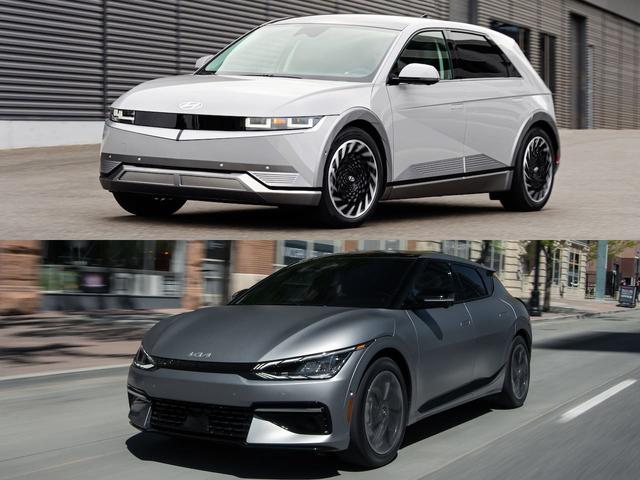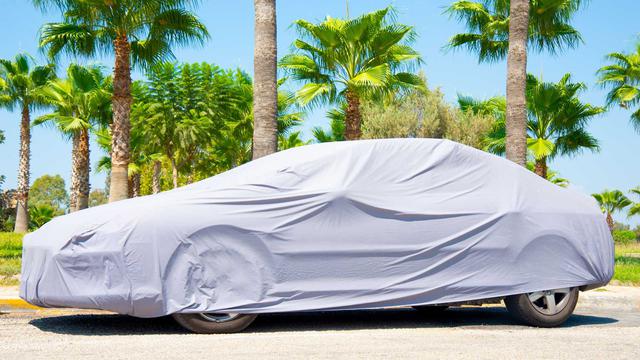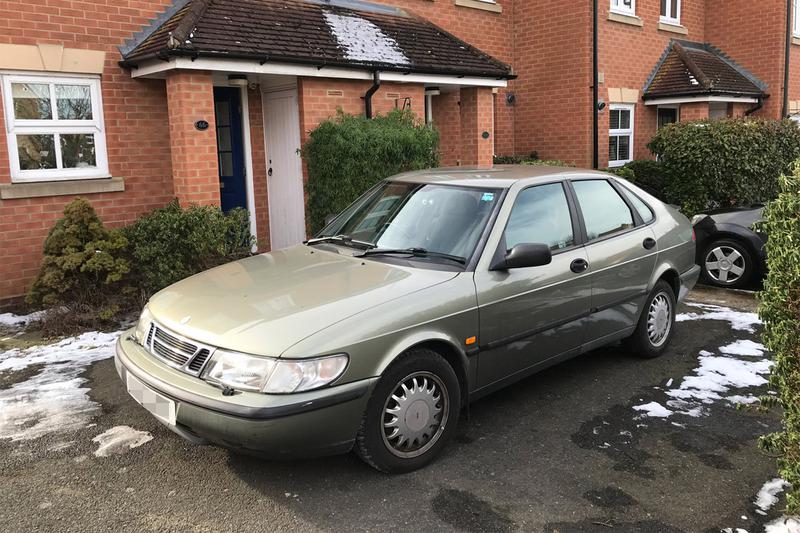The Hyundai IONIQ 5, launched in late March 2022, and the incoming Kia EV6 are set to rock the EV scene in Malaysia just as they have abroad. But which is the better car?
Being derived from the shared E-GMP (Hyundai Electric Global Modular Platform) architecture and developed alongside each other, it’s natural to expect them to be quite similar. At some fundamental levels they clearly are but also plain is the divergent paths Kia and Hyundai took to make the best EV they could.
Kia EV6 vs Hyundai IONIQ 5
Make no mistake, these are highly impressive machines that almost seem like quantum leaps in technology, design, and engineering if your reference point was either of these South Korean brands’ cars from 10 or even 15 years ago.
Unquestionably, the EV6 and the IONIQ 5 are two of the most interesting and impressive electric vehicles launched recently, sweeping numerous award wins including European Car of the Year (Kia).
Despite both Hyundai and Kia offering fully electric versions of multiple models for the better part of the past decade, it’s these two cars that have caused the tidal shift of perception toward the sister automakers.
Suddenly, it’s no longer the Teslas or the Volkswagens or Mercedes-Benzes of the world that people realise they should be paying attention to with the future of vehicles. Instead, the biggest splashes have now been stirred by the South Koreans.
Price - EV6 to mirror IONIQ 5?
The fact that the IONIQ 5, distributed by Hyundai Sime Darby Motors, has made its Malaysian debut relatively quickly since the car was revealed to the world is quite encouraging. Obviously, the implementation of the new policy to encourage EV adoption has had a big impact, driving prices down significantly and launching market demand upward.
The IONIQ 5 Lite kicks things off at RM199,888, but this can go up to RM259,888 for the range-topping Max variant with the main variable being battery capacity (which equates to range) and electric motor configuration.
In the other corner, coming from new Kia distributors Bermaz, the EV6 is expected to make landfall in the second half of 2022. HSDM’s first strike came as little surprise but now should directly inform how its sister car needs to be positioned.
In most other countries, the Kia emerged with a slightly higher base price but this gap became more and more slight depending on how they were configured. Malaysia-spec cars are notoriously absent of these more granular options, unfortunately, but it would be surprising if the EV6 did not follow the IONIQ 5’s local pricing pretty closely.
Design - Retro IONIQ 5 vs Sporty EV6
Immediately there are very apparent visual differences to the point that they might have been deliberately contrasting. While the Kia is somewhat more conventional with its more flowing lines and sub-SUV proportions, the Hyundai is unashamedly angular, almost geometric.
Both are 5-door vehicles with a clear bonnet at the front despite having no ‘engine’ in the conventional sense.
One looks sleek with a shape that is clearly aerodynamically informed, the other is bolder, harder-edged, even retro - the IONIQ 5’s look is mainly a callback to the Hyundai Pony, the first mass-produced South Korean car.
In pictures, the EV6’s proportions can make it look like the larger vehicle overall but in reality, the IONIQ 5’s small hatchback silhouette masks its size. The Hyundai boasts a longer wheelbase as well as being taller though the Kia is longer overall.
| Wheelbase | Height | Width | Overall Length |
Hyundai IONIQ 5 | 3,000mm | 1,605mm | 1,890mm | 4,635mm |
Kia EV6 | 2,900mm | 1,550mm | 1,890mm | 4,680mm |
Powertrain - 800-volt Electrical Architecture
Here’s where the E-GMP platform DNA is most apparent since the EV6 and IONIQ 5 have an identical 800-volt electrical architecture with support for single or multiple electric motors, bi-directional charging (V2L), and up to 350kW DC charging as well.
Both cars start with a single motor rear-drive configuration with an electric motor at the rear, supplied by a 58kWh battery. In the yet-to-be-launched EV6 (locally), this is represented as being equivalent to the IONIQ 5 Lite, however, in certain markets such as Australia, this smaller battery pack is not offered.
In the Hyundai, this is capable of 384km (WLTP) on a single charge while that sole motor delivers 170PS and 350Nm for a 0-100km/h sprint of 8.5 seconds. Stepping up to the IONIQ 5 Max, and this should be mirrored or very similar to the top-spec EV6, it’s equipped with all-wheel drive via dual electric motors with a combined output of 305PS and 605Nm, trimming that sprint time to 5.2 seconds.
Here, the car’s larger (Long Range) battery option comes as standard with 72.6kWh, leading to a rated range of 430km. A slightly larger 77.4kWh (Extra Long Range) battery also exists in other markets, so the ball is in Kia’s (Bermaz’s) court to bring it to Malaysia.
In terms of performance, the EV6 in peak GT trim has the capacity to decisively stomp the IONIQ 5 with the 77.4kWh battery able to be paired with a 580PS, 740Nm dual-motor setup, capable of launching it to 100km/h in a supercar-beating 3.5 seconds.
Perhaps due to its slippery shape, the EV6 is also capable of breaching a claimed 510km on a single charge if the largest battery is paired to the single motor drive unit. However, without any official confirmation of local specifications, it’s impossible to know how they would stack up in a Malaysian context.
Variant | Battery Capacity | Layout | Power | Torque | Range |
IONIQ 5 Lite | 58kWh | RWD | 170PS | 350Nm | 384km |
IONIQ 5 Plus | 58kWh | RWD | 170PS | 350Nm | 384km |
IONIQ 5 Max | 72.6kWh | AWD | 305PS | 605Nm | 430km |
Our best guess would be to say that, upon launch, Kia will at least offer a direct and equivalent variant of the EV6 to the Hyundai IONIQ 5.
Tech & Features - Welcome To The Future
If plugged into a DC charger that’s able to match the maximum 350kW charging rate that the IONIQ 5 supports, a 10% to 80% top-up can be achieved in just 18 minutes, and the same will apply to the EV6.
Using more conventional 11kW public stations or a home-installed wallbox via the onboard AC charger will of course take much longer with Hyundai stating 5 hours with the 58kWh battery and 6.1 hours for the 72.6kWh battery.

In addition to the ‘wow factor’ elements of the unique user interfaces offered by both models, all of which are presented on twin 12.3-inch displays, though the EV6's does resemble a more typical layout, all variants of the Hyundai and Kia will come with class-leading levels of the advanced suite of driver assistance systems (ADAS).
Included in all variants of the IONIQ 5, for example, is Autonomous Emergency Braking, Lane Keep Assist, Active Cruise Control, High Beam Assist, Rear Cross Traffic Alert, Blind Spot Monitoring, and Driver Attention Warning. There’s no reason to suppose that the EV6, upon its launch, will offer anything less comprehensive.
Continuing from the mention of the bi-directional charging built into the E-GMP platform, a key feature offered in both cars is V2X (capabilities that enable stored energy in the batteries, via the on-board inverter, to act as an independent power supply).
We look forward to welcoming the Kia EV6 to Malaysia!




